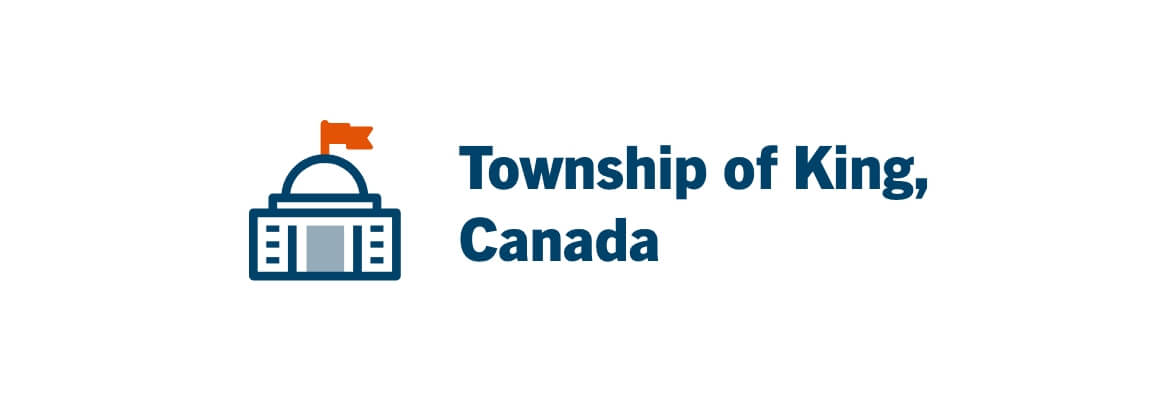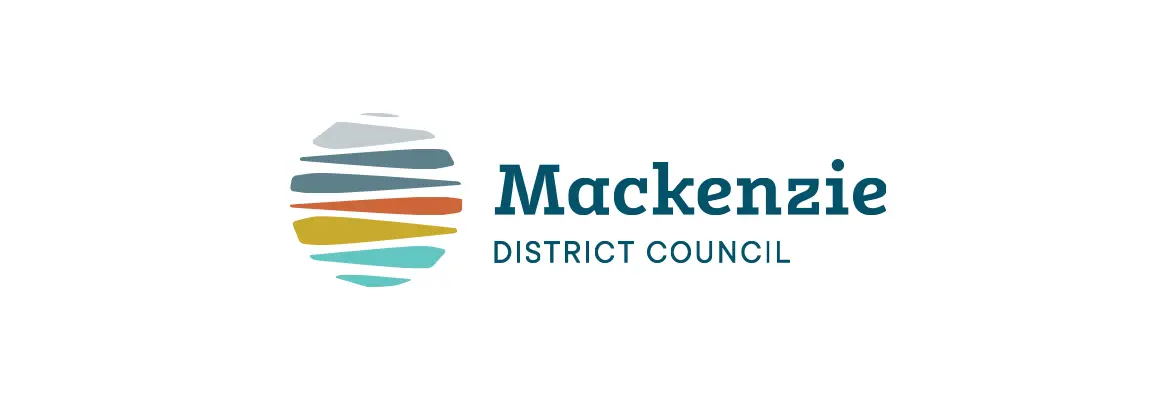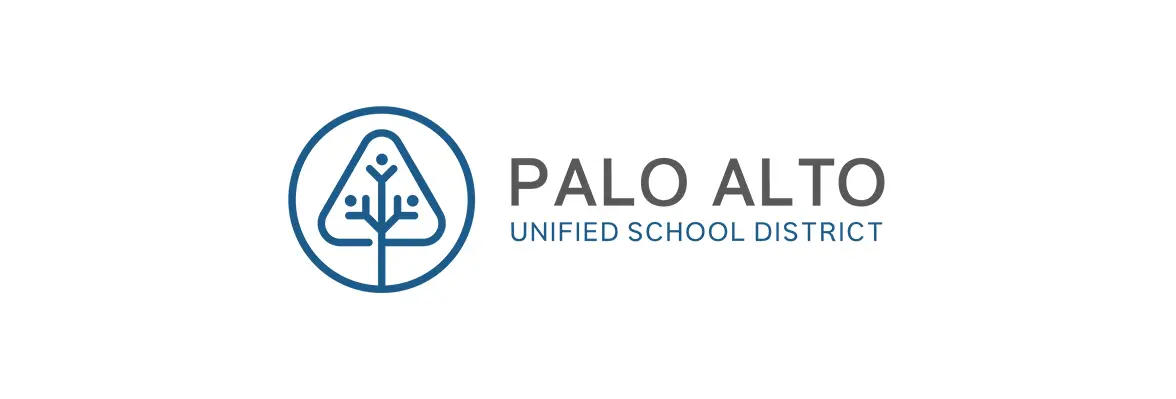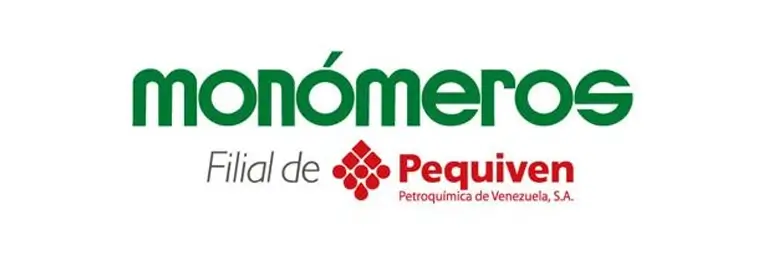Laserfiche-Driven Digital Transformation Enables Township of King to Innovate Public Services
5 min read
The Township of King, located in the Greater Toronto Area in Ontario, Canada, implemented Laserfiche enterprise content management (ECM) to store and centralize content, making information more accessible across the organization. Since then, the township’s staff has leveraged the software for digital transformation initiatives that go beyond document management. The township now uses Laserfiche to modernize the government experience, where citizens can access public information and submit online service requests (i.e., permits and licenses) using Laserfiche electronic forms. The township’s staff has also integrated Laserfiche with other core technologies and automated key business processes in order to accelerate service delivery.
Centralizing Content Across Departments
Over the past several years, King has assessed its digital infrastructure with the goals of ensuring employees have access to necessary information, breaking down department siloes and improving efficiency. In 2018, the township built a new municipal center, prompting a large-scale initiative to digitize and centralize content that was previously stored in filing cabinets and banker boxes, and across individual and department network drives.
“We initially looked for a solution for electronic document and records management; we have been moving away from paper, and we wanted to have one central, streamlined filing system for all electronic documents,” said Manager of Legislative Services and Deputy Clerk Denny Timm. “We saw the opportunity and improvements that would be realized if we could increase department collaboration and information sharing.”
With the support of Ricoh Canada, one of the township’s workplace technology solution providers, King implemented Laserfiche as its central digital repository. Laserfiche allowed the township to reclaim time previously spent physically searching for information — which now is accessible at staff’s fingertips. Using Laserfiche, departments have transitioned off network drives, and content has been centralized while simultaneously strengthening the municipality’s information governance program.
“Implementing Laserfiche really allowed us to look at our filing methodology and filing structure from a corporate perspective,” Timm added. “It’s like building a house — you need to build a solid foundation, organize and plan what goes in the rooms, and assign the proper access to those rooms. With Laserfiche, we have one corporate folder structure as our foundation, filled with subfolders and documents, and appropriately assigned access privileges and controls. We now have greater integrity and confidence in our information management system. We know staff are accessing what they need to access, while elevating the protection of personal and confidential information.”
As King saw the benefits of digitizing and centralizing content, they began to learn more about taking their digital transformation to the next level by integrating Laserfiche with other core technologies and using Laserfiche’s electronic forms and business process automation capabilities.
“We saw that Laserfiche was more than just a place to put files,” said Timm. “That’s when we started to view tutorials, speak with our team at Ricoh, and understand that there’s way more capability within the system than we initially thought.”
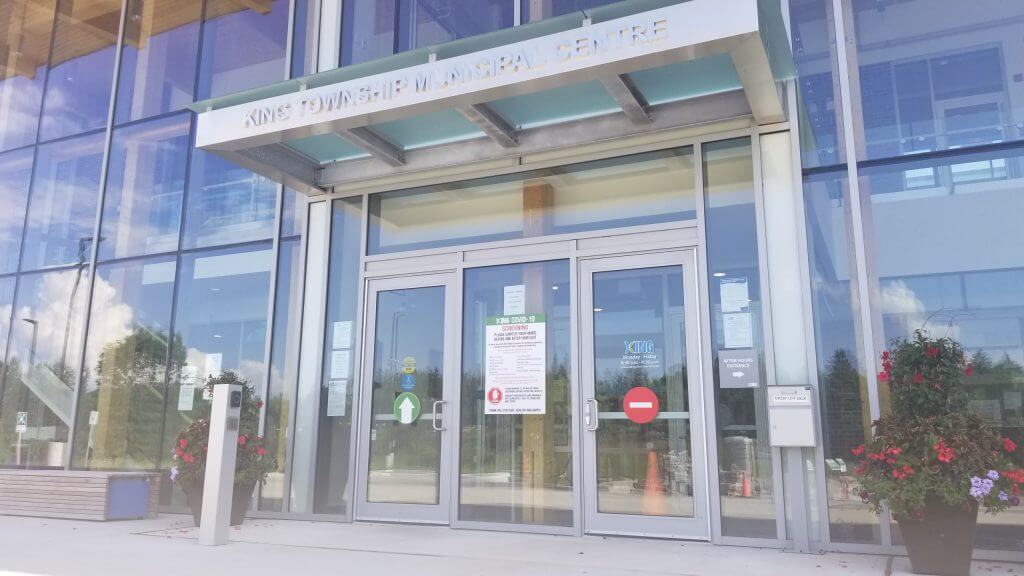
Next-Level Digital Transformation: Electronic Forms and Process Automation
King’s document management project was a catalyst for the team to reimagine how they could now use the township’s digital information in its mission to deliver citizen services, maximize efficiency and ensure employees are well equipped to respond to customer’s needs. Laserfiche’s electronic forms and business process automation capabilities enabled King to increase access to information and public services. This mindset shift came just in time — before the COVID-19 pandemic impacted the region.
“We were fortunate to have had departments adopt Laserfiche before COVID-19 arrived,” Timm said. “Staff have access to all the information they need in a central resource that they can securely access remotely. Departments also see the immediate savings in administrative work, no longer needing to file paper copies, and now being able to easily search and retrieve information.”
Now, the township is using Laserfiche to actively replace paper forms with electronic forms to make more public services available online — a key benefit during the pandemic. King recently launched a new website where constituents can access applications, permits and other essential items with an integrated payment system, including:
- Building permit payments
- Bulky item pickup and garbage bag tags
- Pet and service animal licenses
- Fire permits
- Freedom of information requests
- Marriage service payments
- Road occupancy permits
- Property information requests
- Tax certificate requests
- E-Billing registration for property and water bills
- Temporary sign permits
In addition to increasing access to these forms, staff leveraged Laserfiche business process automation to automate information routing and approvals. Now, when a resident submits an electronic form through the township’s website, the information is automatically sent to the relevant departments and approving parties for review and approvals. By removing the dependence on manual routing, automated processes streamline the flow of information and expedite service delivery, whether employees are in-office or working remotely. Laserfiche’s process reporting and analytics also increase transparency and create opportunities for continuous process improvement.
“We are excited to see our public forms integrate with our repository, too,” said Timm. “Now, forms and information will be automatically filed in the right spot, and our approval process moves to the digital realm — we’re able to track and start looking at the analytics.”
The central repository and automated processes have also supported business continuity during COVID-19 and as the King team navigates the staff changes that all municipalities must manage.
“We have staff retiring, and that previously meant information and institutional knowledge would be lost,” said Supervisor of IT Business Systems Angelo Castillo. “Having everything in Laserfiche provides that single repository that everyone is familiar with. If we use Laserfiche for forms and processes, our staff will be comfortable using them.”
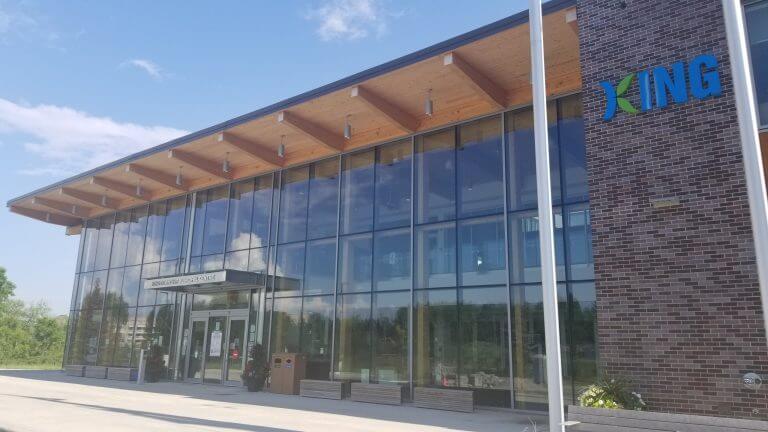
 Building a Digital Future
Building a Digital Future
Today, the township continues to build on its success by automating processes across all departments, with a clear vision toward creating a more modern experience for employees and the people they serve. The IT team has plans to further centralize content and processes by using Laserfiche where possible to replace niche software that individual departments may have acquired or are looking to acquire for specific processes. “Laserfiche doesn’t make digital transformation seem overly complicated because the tools are all there — we are equipped to easily automate processes without having to acquire and learn multiple small, specific pieces of software,” Callisto explained. “For example, we just successfully launched and leveraged Laserfiche forms and its business process capabilities to automate our entire Performance Development and Recognition Program (PDRP). By expanding our in-house knowledge of the system, we are beginning to build more complex and corporate wide implementations. These new electronic and automated processes streamline core critical corporate processes, making them easy and accessible to staff.”
The IT division is now aiming to create a self-service model. “The goal is to have each department build their own digital forms and publish them online,” Castillo said. “The subject-matter experts in the individual departments are going to know the processes the best, and with Laserfiche’s ease of use, we know staff are eager to build and implement!”
Into the future, the township plans to further leverage Laserfiche’s process dashboard to analyze information such as the number of permits, applications and licenses received, what time of year is the busiest, etc. “We’re really excited to dive into the data and analytics, and look at them in terms of usage and output,” Timm said. “It’s going to give us a whole new area that we haven’t explored before.”
For more insights into modernizing service delivery and to understand why technology plays a critical role in generating cost savings, continuing operations and meeting growing constituent demands, read the Center for Digital Government’s report: “The Way Forward: Insights for Government Leaders on Modernizing Service Delivery.”

